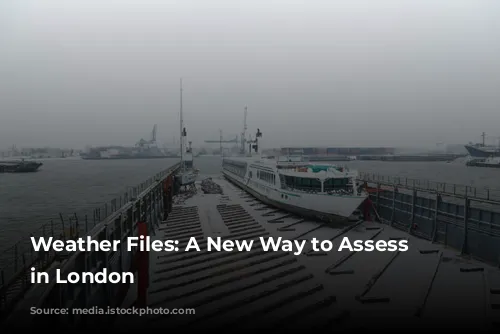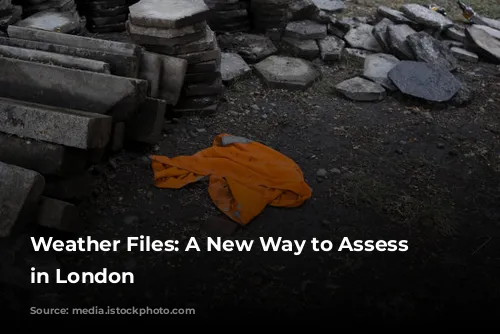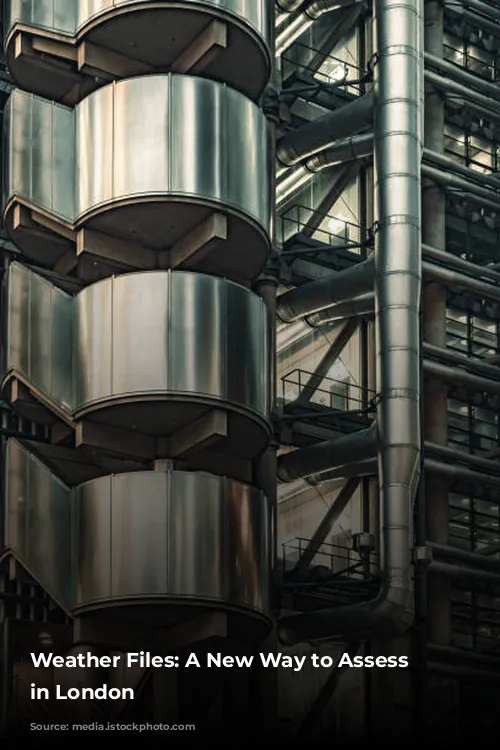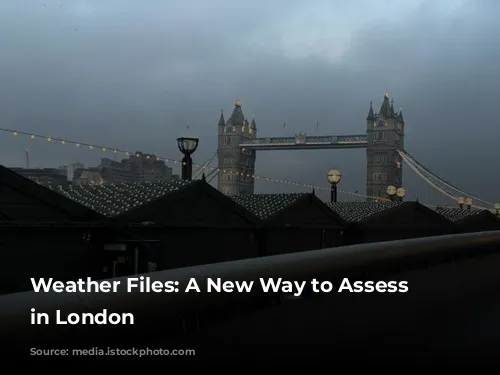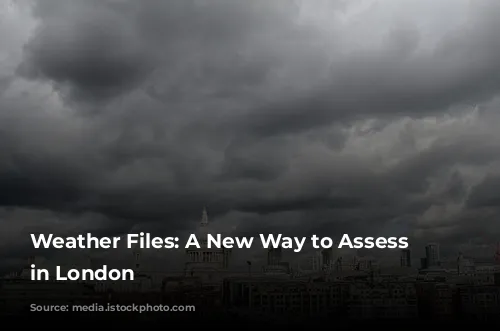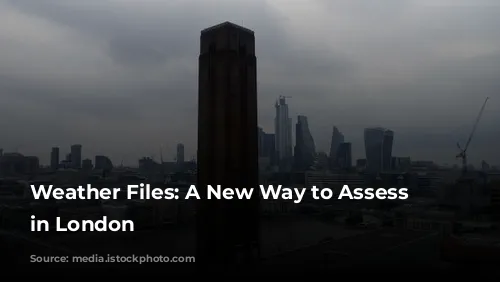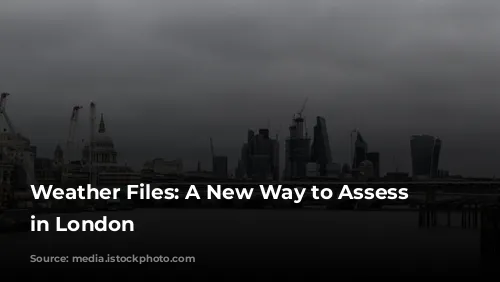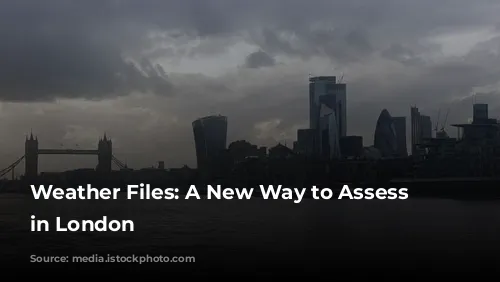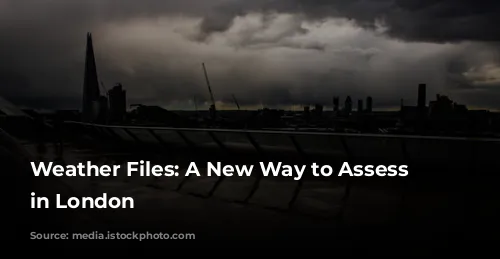This article discusses the impact of recent changes to weather data used for building design in London, particularly for assessing potential overheating. We’ll explore the differences between TRY (Test Reference Year) and DSY (Design Summer Year) weather files and their implications for building performance.
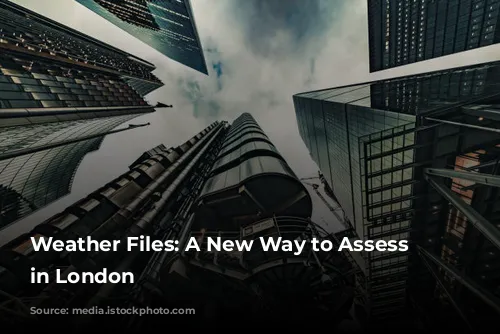
TRY and DSY: What’s the Difference?
The CIBSE (Chartered Institution of Building Services Engineers) provides weather data for the UK construction industry. Two key types of weather files are available: TRY and DSY.
TRY is a composite, smoothed weather data set representing a typical year. It’s great for assessing average energy consumption.
DSY is an actual, continuous 12-month weather file representing a year with a warm summer. It’s ideal for simulating building performance under warmer conditions.
CIBSE created these weather files using 20 years of real weather data from 14 locations across the UK. The data includes temperature, wind speed, and solar radiation.
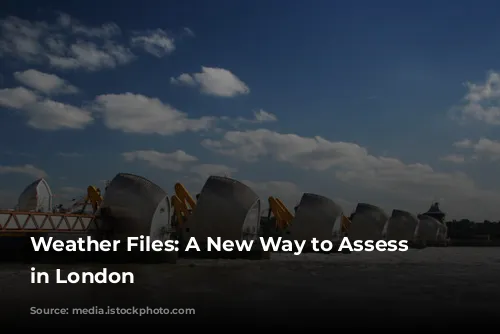
New DSY Weather Files for London
For many years, London used a single DSY file representing the entire region. However, in 2014, CIBSE published a technical memorandum (TM49) recognizing the need for more precise weather data to account for London’s diverse climate.
TM49 highlighted three key issues:
- The existing DSY was not sufficiently extreme for London. Summers as hot as 1989 (the year used for London’s DSY) are becoming increasingly common.
- Climate change was not adequately considered. The existing DSY did not account for future warming trends.
- The urban heat island (UHI) effect was not represented. London’s diverse urban environment influences temperatures, requiring more specific data sets.
In response to these concerns, CIBSE released new DSY weather files for three London locations:
- London Weather Centre (LWC): Represents central London.
- London Heathrow Airport: Represents urban and suburban areas.
- London Gatwick Airport: Represents rural and peri-urban areas.
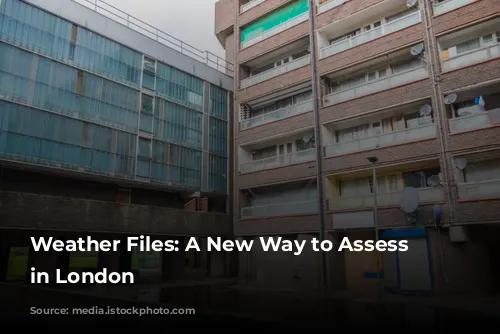
Impact of New Weather Files on Overheating Assessments
A recent study by researchers from University College London and CIBSE investigated how the new DSY weather files affect overheating assessments in naturally ventilated office buildings in London.
The study found that achieving a CIBSE-compliant design without incorporating features like thermal mass, insulation, and automated night cooling was very challenging, regardless of the London weather file used.
The urban heat island effect was clearly observed. Buildings in different locations experienced significant temperature variations, especially at night. Night-time temperatures were much cooler in rural locations (like Gatwick) than in central London.
The study also found that the choice of thermal comfort metric had a significant impact on overheating assessments. The ‘adaptive thermal comfort’ model, which considers the recent weather history, was more forgiving for central London buildings.
In conclusion, the new DSY weather files for London provide a more accurate and realistic picture of overheating potential in different parts of the city. They highlight the need for careful design considerations, including thermal mass, insulation, and night-time cooling strategies, to ensure comfortable and energy-efficient buildings in London’s diverse climate.
